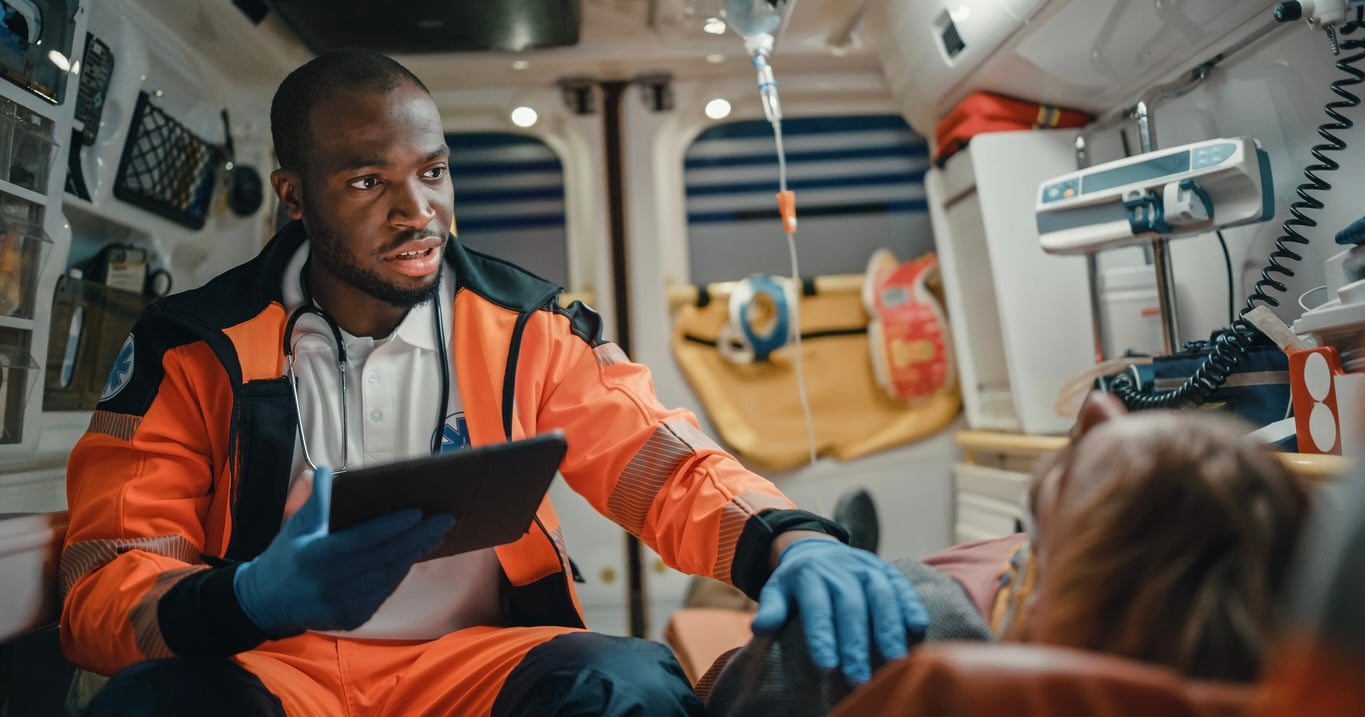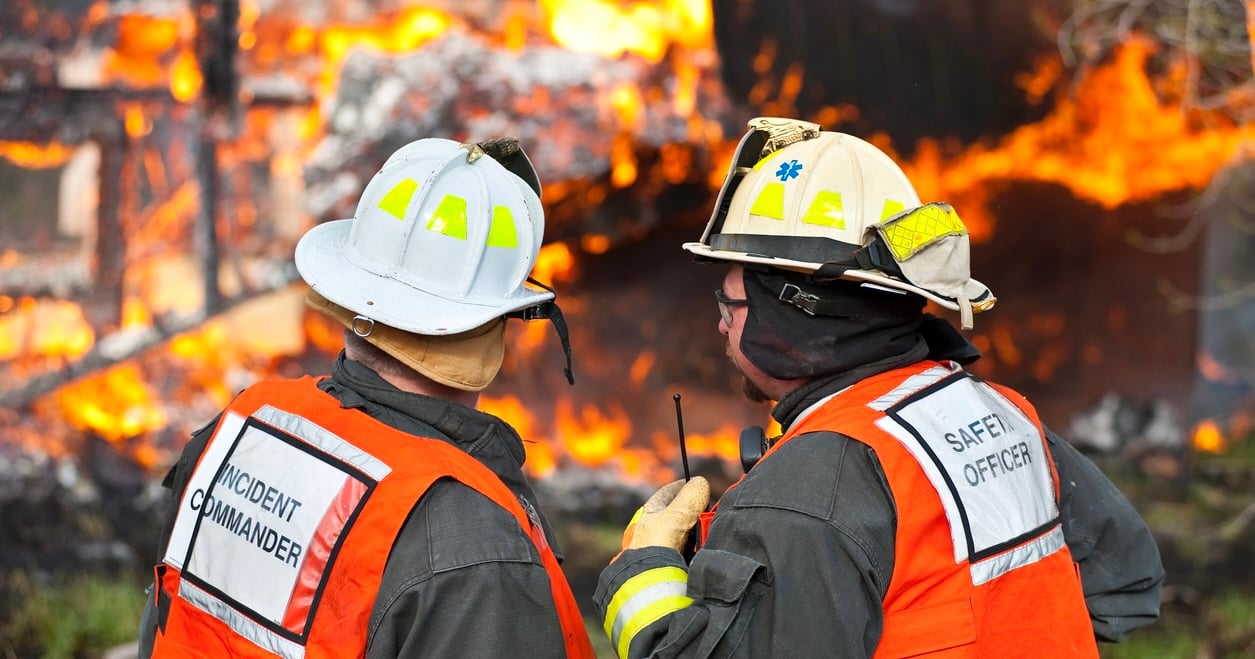
1 min read
Introducing Pulsara Intelligence: AI Tools for Streamlined Emergency Care
In fast-paced clinical settings, documentation often competes with communication and patient care. Pulsara’s mission is to give healthcare workers an...
Read PostThe latest articles, case studies, research, and more are on their way to your inbox. Happy reading!

1 min read
In fast-paced clinical settings, documentation often competes with communication and patient care. Pulsara’s mission is to give healthcare workers an...
Read Post
1 min read
How an Arkansas hospital improved their door-to-needle benchmark success rates across the board and achieved a record treatment time of 18 minutes. St. Bernards Medical Center, a 381-bed acute-care...

5 min read
Editor's Note: In May 2025, FireRescue1 released their annual digital edition, Fire Command Ready: Building Bench Strength, proudly sponsored by Pulsara. Because the articles and advice found within...

2 min read
On August 15th, 2025, the American Hospital Association released an episode of their Advancing Health Podcast in which they interviewed Josh Neff, CEO of CommonSpirit Mercy Hospital in Durango,...

5 min read
Editor's Note: In May 2025, FireRescue1 released their annual digital edition, Fire Command Ready: Building Bench Strength, proudly sponsored by Pulsara. Because the articles and advice found within...

3 min read
Editor's Note: In May 2025, FireRescue1 released their annual digital edition, Fire Command Ready: Building Bench Strength, proudly sponsored by Pulsara. Because the articles and advice found within...

1 min read
In the aftermath of the enormous tragedy and loss of life in the Texas floods, our hearts are with every individual, family, and community impacted. Since the devastating flooding on July 4, we have...